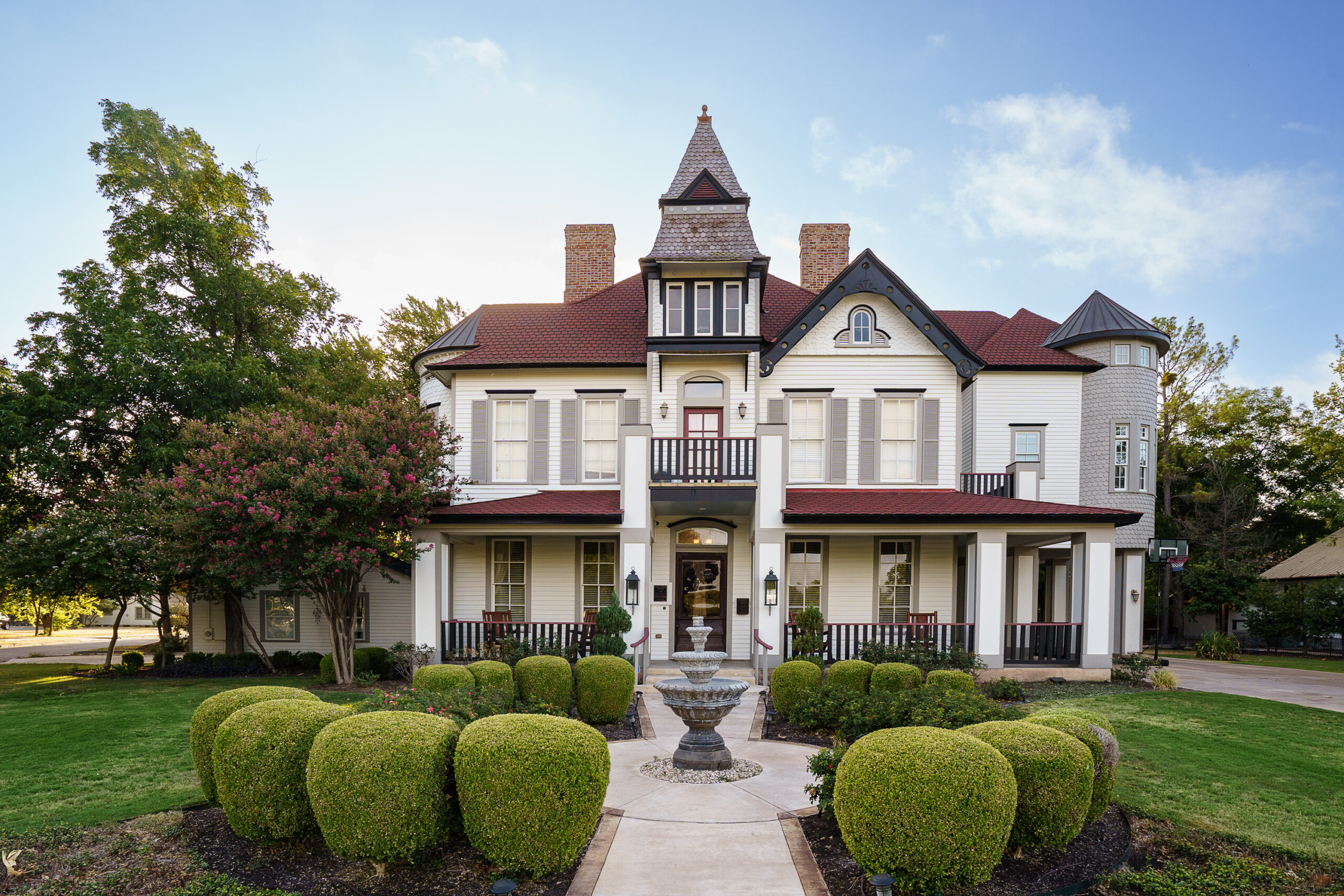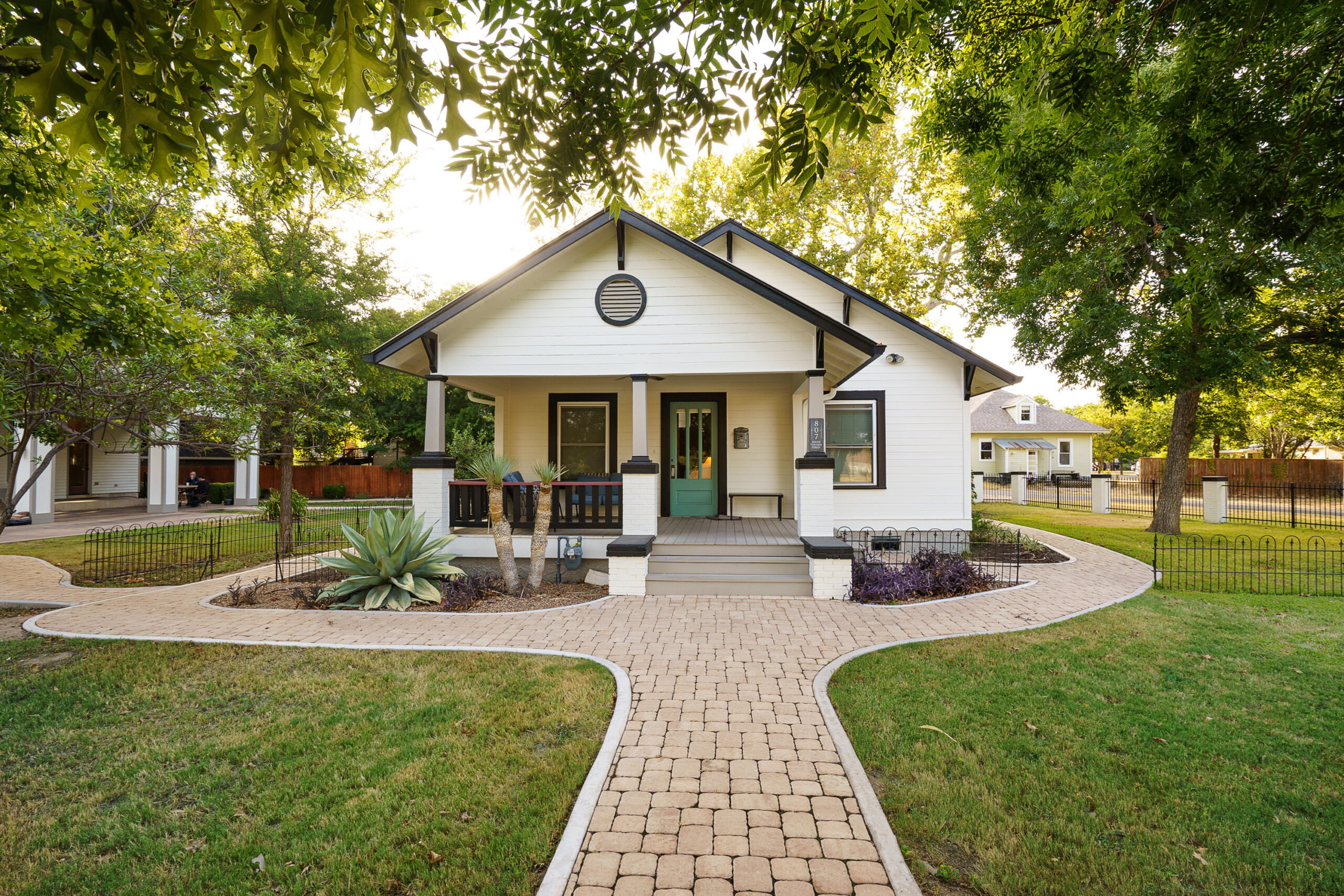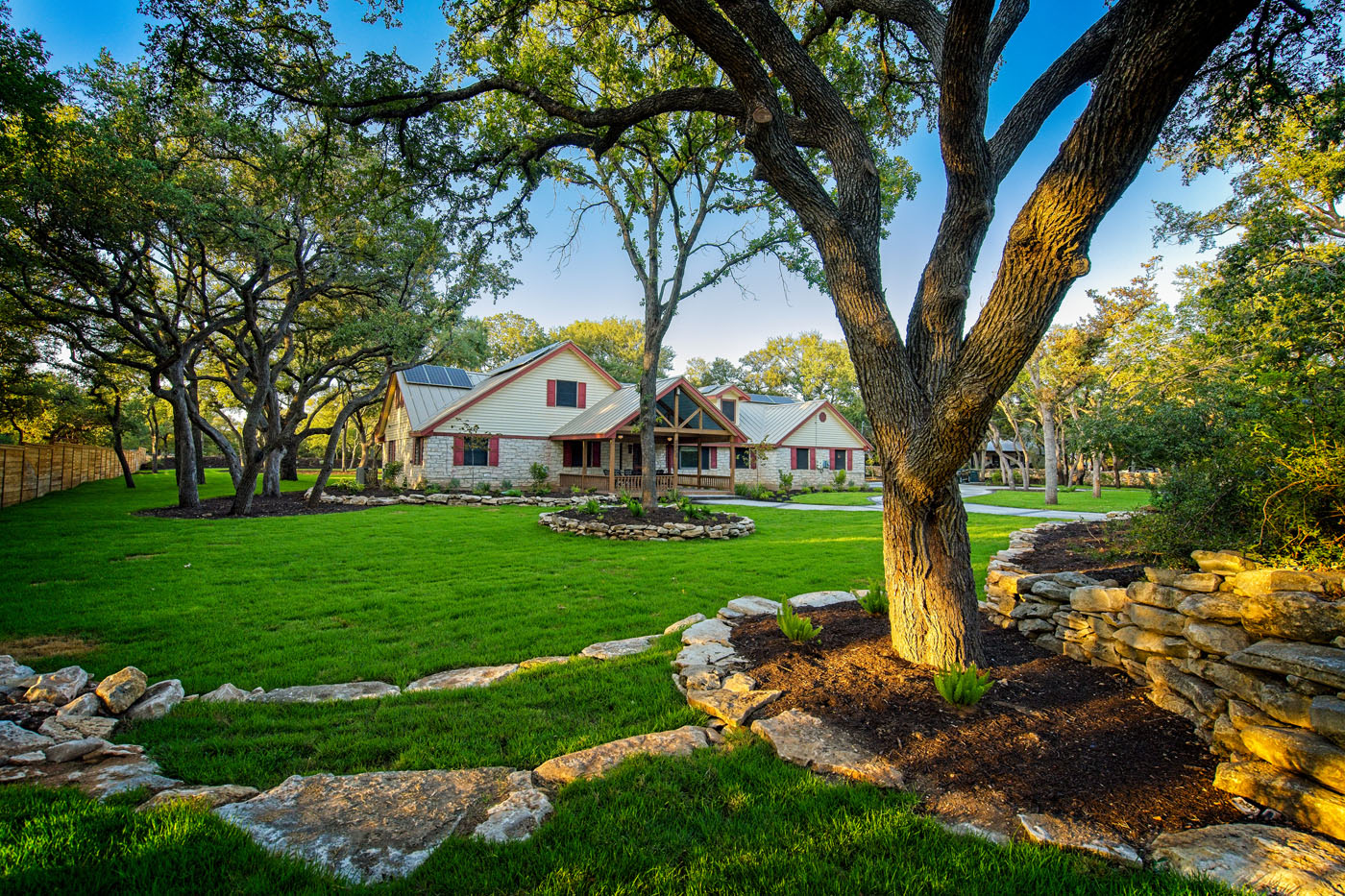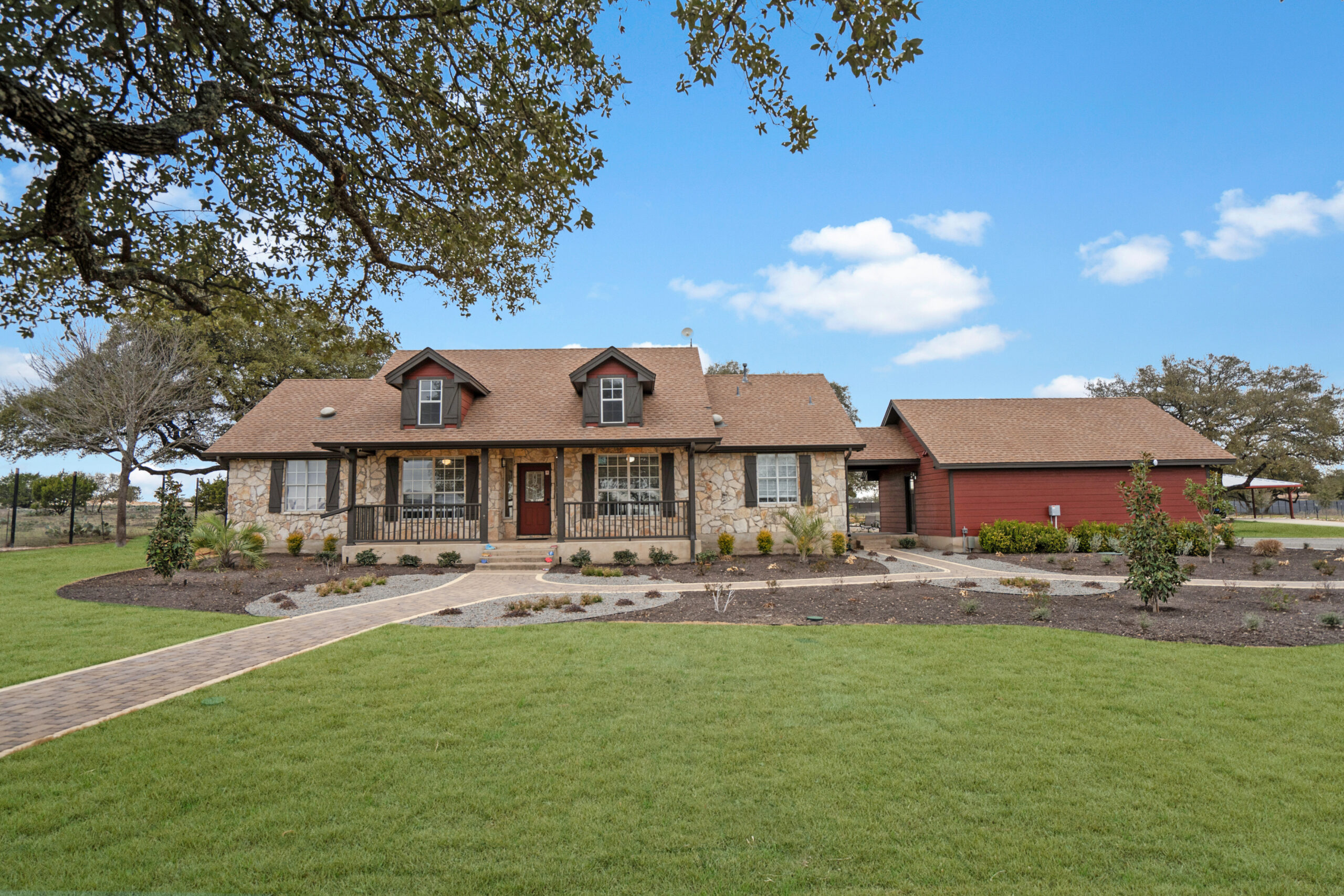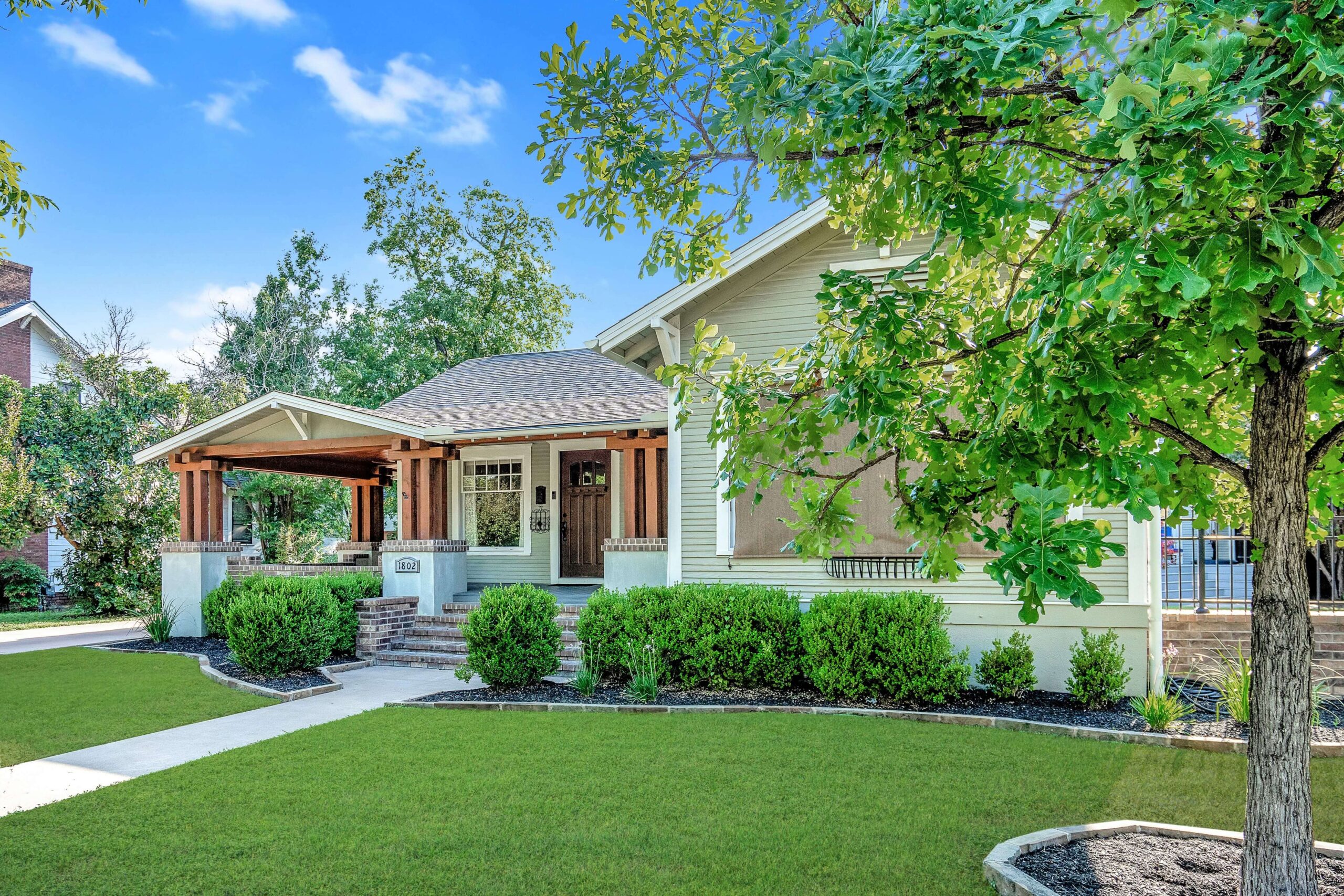Exploring Residential Treatment for Bipolar Disorder
As a seasoned mental health professional with two decades of experience at Alta Loma, I’ve seen firsthand the transformative power of residential treatment for bipolar disorder. These programs offer structured environments where individuals not only find stability but also gain vital skills for long-term success. In the case of bipolar disorder, the benefits of immersive treatment can’t be overstated.
Residential treatment for bipolar disorder provides a comprehensive approach. The program emphasizes medication management, personalized therapy, and community support. Patients live on-site, creating a nurturing environment where they can focus solely on their mental health without external distractions. This immersive experience accelerates recovery, allowing residents to achieve significant breakthroughs in a shorter time frame.
Personal Experience and Professional Insights
One remarkable case involved a young woman named Emily. She had cycled through various outpatient programs with little success. Upon entering our residential treatment for bipolar disorder, Emily was apprehensive but hopeful. Within weeks, she began to stabilize. The combination of consistent psychiatric care and peer support allowed her to control her mood swings effectively.
Emily’s journey illustrates the potential for change within residential settings. The structured daily schedules and therapeutic activities provided her an anchor, a consistent routine that helped regulate her bipolar symptoms. This holistic approach, which integrates diet, exercise, and mindfulness, reinforced her overall well-being.
As a mental health professional, watching transformations like Emily’s reaffirms my commitment to promoting residential treatment as a valuable option for those struggling with bipolar disorder.
Unique Programs and Approaches
At Alta Loma, we pride ourselves on providing a broad array of services tailored to individual needs. For those with bipolar disorder, our residential treatment programs include:
- Medication Management: Regular psychiatric evaluations ensure optimal treatment.
- Therapeutic Communities: Promote social interaction and shared experiences among residents.
- Nutritional Guidance: Tailored plans to enhance physical health and mood stability.
- Personalized Therapy: One-on-one sessions with specialists to address personal challenges.
This multifaceted approach highlights the importance of addressing both the mental and physical aspects of bipolar disorder.
What are Common Concerns About Residential Treatment?
The term “residential treatment” often raises concerns among potential patients and their families, particularly regarding privacy, cost, and the length of stay. Here, we demystify these aspects:
- Cost and Insurance: While residential treatment can be costly, many facilities work directly with insurance providers to ensure coverage. Discussing financial options with facility representatives can offer clarity.
- Privacy: Patient confidentiality is paramount. Facilities like ours maintain strict privacy standards, ensuring all personal information is protected.
- Length of Stay: The duration of residential treatment for bipolar disorder varies, typically ranging from a few weeks to several months. Customized plans consider individual progress and are designed not to rush patients back into potentially stressful environments.
A thorough understanding of these components can aid in making informed decisions regarding entering a residential program.
Selecting the Right Residential Treatment Bipolar Disorder
Choosing the right facility involves considering factors beyond proximity and cost. Here’s what you need to assess:
Accreditations: Ensure the facility is accredited by reputable mental health organizations, signifying adherence to high standards of care.
Professional Staff: Investigate the qualifications and experience of the treatment team. A diverse team often means a more holistic treatment plan.
Aftercare Services: Post-residential support is crucial. Check if the facility offers follow-up programs such as outpatient counseling or peer support groups.
Making an informed choice significantly impacts the potential for a successful recovery and long-term stability.
How Does Residential Treatment for Bipolar Differ from Other Treatments?
Residential treatment for bipolar offers an immersive, all-encompassing approach that other modalities may lack. Unlike outpatient services, which patients attend weekly, residential treatment provides around-the-clock care. This allows for real-time monitoring and immediate adjustments to treatment plans.
Additionally, residential treatment fosters a community spirit that outpatient programs seldom replicate. Shared experiences and continuous interaction among residents create a unique support network. This communal atmosphere is integral in reducing feelings of isolation often associated with bipolar disorder.

